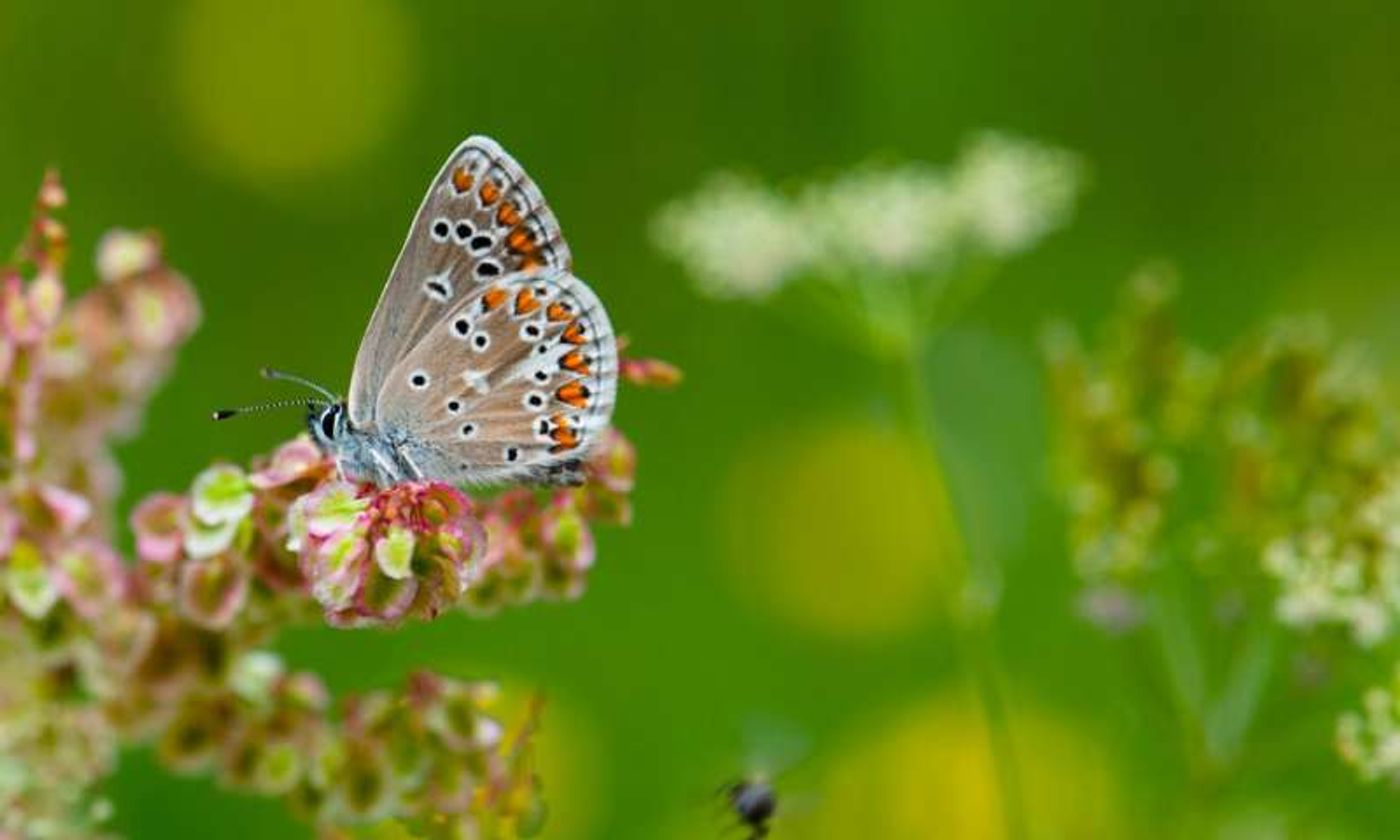Butterfly Populations Succeed When Natural Forests Surround Their Grasslands
Pollinating insects are exceedingly vital to the ecosystem they help support, and unfortunately, many of them are in decline – butterflies included. Conservationists work around the clock to uncover viable ways of combatting population decline in vital pollinators such as butterflies. Fortunately, a team of researchers from Linköping University and the Swedish University of Agricultural Sciences (SLU) might have discovered a substantial lead.
Image Credit: Karl-Olof Bergman
Their findings, which were published in the journal Landscape Ecology after the team analyzed more than 32,000 butterflies from 77 different species in Southern Sweden, reveal that while butterflies enjoy access to open grasslands, it’s the surrounding environments that have the most significant impact on population success.
Conservationists have long thought that the key to conserving butterfly populations was to surround their much-loved open grasslands with agricultural fields to help facilitate pollination, but the researchers found different. As it would seem, open grasslands that were surrounded by natural forests were far more inviting to various butterfly populations than those that were surrounded by agricultural fields.
"Several of our results are really exciting, and demonstrate that the species richness of semi-natural grasslands is influenced by other factors than the properties of the grasslands themselves,” explained Karl-Olof Bergman, the lead author of the paper. The surrounding landscape is also important for butterflies. If the semi-natural grasslands are embedded within large regions of arable land, the number of species is reduced."
Related: UK scientists 'shocked' by record lows in butterfly population counts
The researchers observed several different patterns relative to the vast number of species that were seen during the study. Some of the butterflies were more heavily influenced by the grasslands’ surrounding landscapes than others, but the findings were somewhat conclusive in the sense that all butterflies responded positively to surrounding forest landscapes.
"Forests have habitats that butterfly can use, such as forest edges, power lines, forestry tracks, glades, and cleared areas," Bergman continued. "Together with semi-natural grasslands, forests can be used to create landscapes that butterflies thrive in. Agricultural fields, in contrast, seem to have few resources that the butterflies can use, and the resources that are available benefit only a few species."
Given the stark differences between the study’s findings and popular belief, the results have implications for future conservation efforts, especially if we have any hope of watching said efforts succeed in the field.
Notably, many of Sweden’s open grasslands and forests are still intact, while other parts of the world incinerate these beautiful landscapes to make room for land development. It remains to be seen if similar butterfly patterns exist in different regions of the world, but perhaps future studies can discern whether the results align declining butterfly populations elsewhere.
Source: Linköping University (Google Translate), Landscape Ecology










